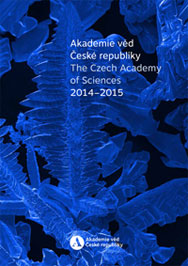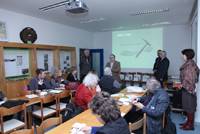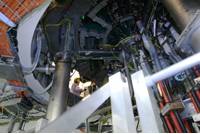A book, Hlavka’s Lužany has been published focused on the work of Josef Hlávka, the most distinguished patron of Czech science and the arts and a prominent architect. The book is the collaborative work of researchers led by Prof. František Šmahel and was published by the Foundation of Josef, Marie and Zdenka Hlávka. Dr. Hlávka founded and was first president of Czech Academy of Science and the Arts, which established this foundation in 1904. Its purpose was to support all scientific, literary and artistic efforts, the cultural needs of the Czech nation and, in particular, outstanding but financially disadvantaged students of Czech universities in Prague. In 1866, Dr. Hlávka bought a renaissance chateau in Lužany, a village in west Bohemia, which he converted into his summer residence. The building dates to the 11th century and Dr. Hlávka designed its reconstruction. Eventually the chateau became a popular center of cultural and social functions. Regular visitors at that time included Czech writer Julius Zeyer, the renowned composer Antonín Dvořák, artists Václav Hynais, Max Švabinský, Josef Václav Myslbek, Julius Mařák and others. Today it’s practically a museum of the 19th century since all the furniture and equipment dates back to that period and is basically unchanged.


 Česky
Česky














